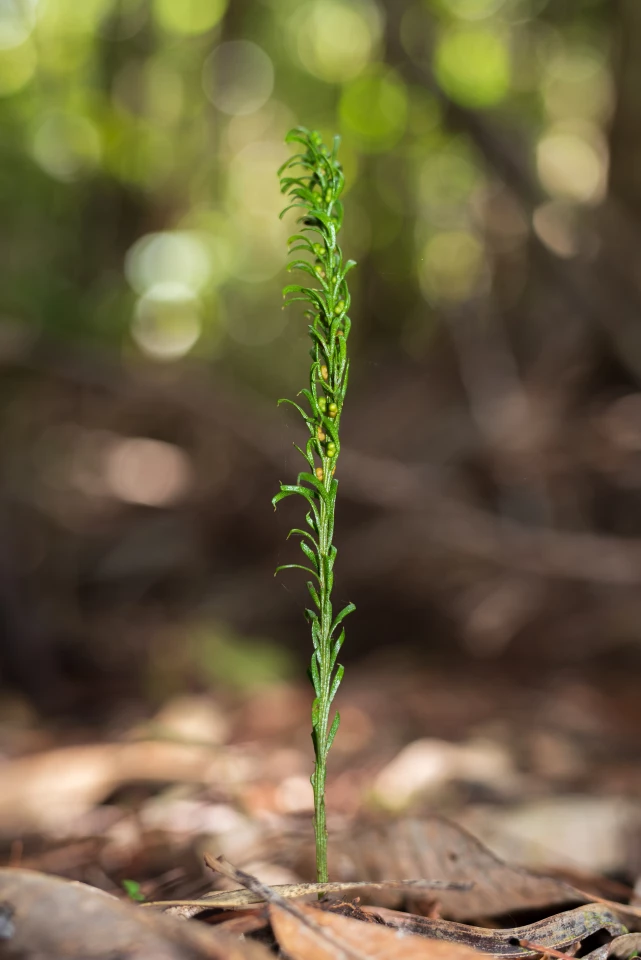Scientists have discovered the organism with the largest known genome, containing 160 billion base pairs. That makes it more than 50 times bigger than the human genome, and the organism it’s describing is a tiny fork fern you wouldn’t even notice if you tripped over it in the forest.
Crammed inside every single living cell is the entire blueprint for building that organism. As such, DNA is an incredibly dense data storage medium, with a single gram able to store 215 million GB, so it’s no surprise that scientists are exploring how to tap into it.
Now, the life form with the largest known genome has been identified – and it’s not what you might think. A humble fern species known as Tmesipteris oblanceolata has been found to sport a genome made up of 160.45 billion base pairs (Gbp). For reference, the human genome packs 3.1 Gbp.
Another way to visualize that is to imagine the DNA strands unraveled. Ours would stretch out 2 m (6.6 ft), about as tall as LeBron James. But the T. oblanceolata genome would be well over 100 m (328 ft) – taller than the Statue of Liberty or the tower housing Big Ben.

As such, this innocuous fern has snatched up three Guinness World Record titles – largest genome, largest plant genome, and largest fern genome – although you could argue that the first one is enough. It steals the crown from another plant, Paris japonica, with its previous record-holding genome of 148.89 Gbp.
In true TARDIS fashion, you wouldn’t know just by looking at it how much bigger this fern was on the inside. By all accounts it’s a pretty unremarkable plant, growing up to 30 cm (12 in) long and looking like something you wouldn’t even glance at while walking through the forest.
But other members of its family have previously been found to contain large genomes, so scientists at London’s Royal Botanic Gardens, Kew and the Institut Botànic de Barcelona (IBB-CSIC) in Spain set out to investigate T. oblanceolata. They traveled to New Caledonia, an island in the Southwest Pacific, to take samples of the plant.
The team analyzed the genome by isolating the nuclei of thousands of its cells, staining them with a dye that binds to the DNA in the nucleus. Measuring how much dye has been bound can allow an estimate of the genome size, which revealed the new world record.
Intriguingly, bigger isn’t always better when it comes to genomes, the team says. Large-genomed plants tend to have slower growth, require more nutrients and perform photosynthesis less efficiently. As such, it’s thought that T. oblanceolata is bumping up against the upper limits for genome size.
The research was published in the journal iScience.
Source: Royal Botanic Gardens, Kew





